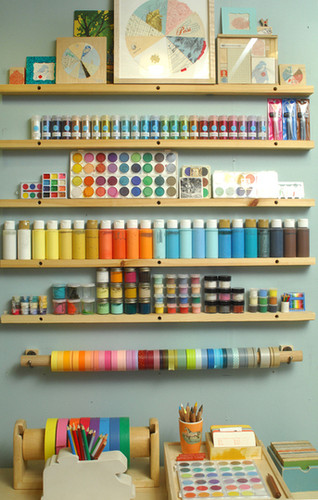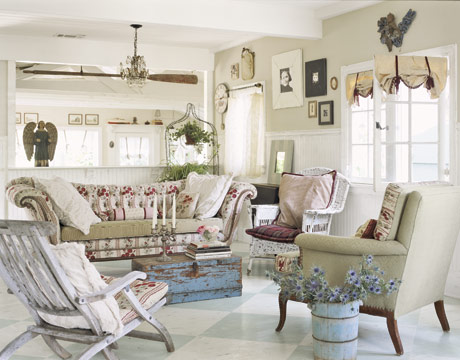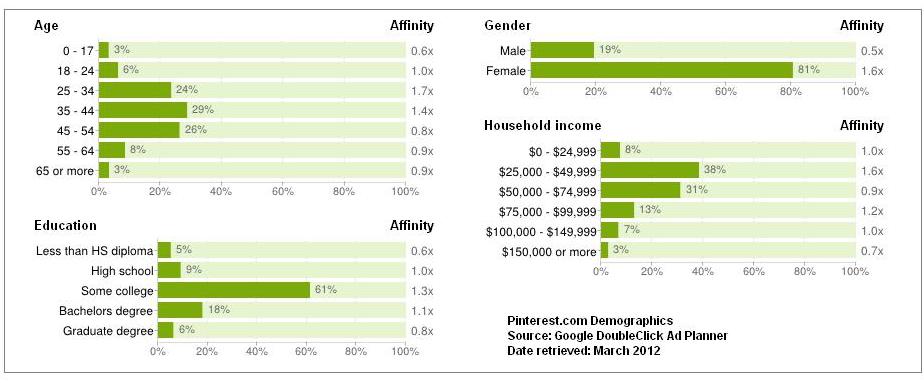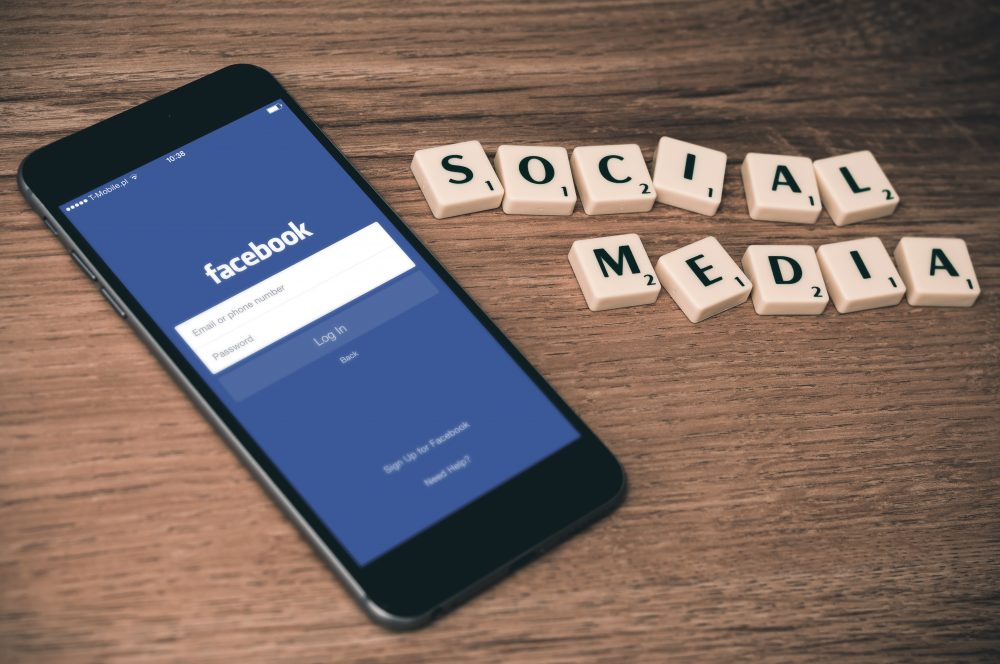I’m a B2B Company, Should I Be Using Pinterest?
Every time a new media channel emerges, gains popularity and shows data on reaching people and potentially driving revenue, everyone wants a piece of the pie. A B2C company might not have to think twice about joining Pinterest, but what about B2Bs? What if your product is “services” – does it make sense for you to use Pinterest to reach your target market?
Well let me ask you this: Does your company have anything to do with the following?
Or
Or
If the answer is “no,” read on.
The allure of Pinterest from a Web marketing perspective, and one of its main selling points for B2Bs is to drive traffic to your site (and then hopefully convert community members into clients someday – right?).
While we can’t argue the value of social, we also know it’s not always directly related to the bottom line; so it would seem reasonable that Pinterest could be yet another avenue to reach and connect. But, money is on the table.
It’s takes resources to build a social strategy, a community and to keep it up well. Sure, you can “try” something to see how it works, but without a clear goal in mind, without a mapped out path and without knowing who you are talking to and why, those “try and see” efforts will cost you.
There’s a lot of businesses trying a lot of creative things on Pinterest, so there’s certainly potential. But before you dive in, explore the following questions:
- Why are you interested in making Pinterest a part of your social strategy? Have a clear answer before you proceed.
- Is your target market using Pinterest? Check out the demographics before making a decision.
- Are you willing to put the time, money and resources into creating great visuals people will want to share and integrating those into your site and content strategy? If the answer is no, you’ll likely just blend in with the crowd.
Get to Know the Pinterest User Demographics
First things first: You need to know if the millions of people who use Pinterest each day are even remotely close to becoming a client of yours. Well, let’s take a look. According to Google’s DoubleClick Ad Planner data, Pinterest’s demographics are as follows:
- Female dominated by more than 80 percent.
- The majority (39 percent) earns between $25,000 to $49,999 annually.
- Dominant age group is 39 to 44 at 29 percent.
- Sixty-one percent has “some college” education.
- Interests in order of affinity include fashion designers and collections; gifts, fashion and style; crafts, gifts and special event items; fiber and textile arts; blogging resources and services [that one was interesting to me]; interior design; hobbies and leisure; and homemaking and interior décor.
- The sites that Pinterest users also visit in order of affinity are Chef-in-Training.com, SixSistersStuff.com, FoodGawker.com, SkinnyTaste.com, TeachersPayTeachers.com, TipJunkie.com, ApartmentTherapy.com, Blogs.Babble.com, Twitter.com and ThePioneerwWoman.com.
If any of these demographics sound like they could be your target market, then you may have a starting point here for ideas. I’m a big fan of looking for creative ways to engage before throwing the idea out the window altogether.
Do some research on what others in your space are doing (if any) and how they’re doing it. You can also check out Pinerly, launching soon, which is a Pinterest dashboard that promises to make discovering ways to connect and managing efforts on Pinterest much easier. Could be good for research.
If none of these demographics speak to your brand, you have to ask yourself, What are we expecting to get from Pinterest? If the immediate answer is “traffic to our site,” you’re not putting the user’s best interest at heart and you’ll likely fall flat.
If the only other good answer is “brand recognition,” you have to ask if any of these people could become a client someday or might recommend you for services to someone they know – sounds like kind of a stretch, eh? If brand recognition is your saving grace for using Pinterest, your efforts may be better spent in another community that houses people who are more interested in the services and ideas you want to share.
OK, I Want My Company to Try Pinterest. What Next?
One thing is for certain: If you’re going to be joining Pinterest as a B2B, and are hoping that your content is viewed and shared, you better have some really creative ideas with some amazing visuals that people will want to pin and repin.
And since your website will be the main focus of where you want to draw people into, here’s a couple other things to consider with regards to being ready for Pinterest integration:
- Have engaging visuals in the content of your site that people want to pin. Make sure it highlights your expertise while adding something creative and of value to the Pinterest community. Remember, the content surrounding your visuals will need to be relevant, too.
- As always, quality content is key. I’m not just talking about the awesome visual you just made for your site to entice people in; I’m talking about the content on the page and the rest of the site — that’s what’s going to keep them there.
- Make sure your site is set up for conversions once the user lands on the page. This means whatever it is that you want to happen once the user gets to your site. Set goals and make sure you’re tracking them to see if you are getting the results you want from Pinterest traffic.
- Publicize your presence on Pinterest through the badge code it provides. Just like any other social medium you have, promote it as many places as you can online and offline.
26,000+ professionals, marketers and SEOs read the Bruce Clay Blog
Subscribe now for free to get:
- Expert SEO insights from the "Father of SEO."
- Proven SEO strategies to optimize website performance.
- SEO advice to earn more website traffic, higher search ranking and increased revenue.

11 Replies to “I’m a B2B Company, Should I Be Using Pinterest?”
Too many social networking sites!!! I agree with you, Jessica. Before we jump in to any social networking sites, we need to understand the demographic.
I have a customer who runs a beauty salon business in Malaysia. And her social media marketing campaign fail because most of her customers are lawyers and doctors. And they don’t even use Facebook, Twitter, Linkeind, etc.
But once she changes her marketing strategy to email marketing and youtube. It works for her.
From my opinion, understand your market is the very first thing to do so that you won’t waste your time to keep registering and managing new social networking sites.
Hey commenter No. 8, I think you might be the perfect type of business to be on Pinterest, since fashion is a highly pinned category. Not everyone will be able to afford your clothes but that doesn’t mean people won’t pin and repin to spread your products; think of all the high fashion on Pinterest that many of the people in the majority demographic seemingly wouldn’t be able to afford.
Does that mean they won’t buy it someday? No. Does it also mean you’re not reaching your target market? No. There will still be people who will be interested in your products or at least the images that represent your brand.
You sell Western wear, and I seem to remember seeing somewhere that the majority of the demographic was in the Midwest area. You’d have to verify that, but it would seem that would be your target market.
Do some research before you start uploading images. Find out what the most pinned images are of fashion and analyze their elements so that you have ideas of what’s working for others. Most important, have some goals in mind of what you want to accomplish from Pinterest, then track your progress.
Thanks for your comment!
@ comment No. 7 (I’d love to address you by name) — You’re right that having too many networks can dilute your focus. Each social medium needs to have goals and content strategies or it can be simply a waste of time. Thanks for reading.
Jessica
I think it makes perfect sense. As a small business, we spent a lot of time looking for suppliers online. Pinterest definitely is going to be helpful.
Any suggestions on what to put on Pinterest for small businesses like us? Would love to know what you think. For example, we sell western show clothes ( heartlandshowapparel.com) and we target the price range $100-500. It’s challenging to reach customers on a small budget.
I think Pinterest can be very helpful for all kinds of companies in terms of customer acquisition, but another key thing that should be noted is do they already have a presence on other social media platforms? If they are already on many different networks then it can be difficult to manage more and more platforms, and this could result in the company losing sight of what they were aiming to do on that social network in the first place.
@Shashank. Thanks for the comment. I agree with you; while Steve’s approach is a clever way to think ahead for SEO purposes, and perhaps it can work with certain businesses, images have to be engaging and interesting visuals as rule No. 1. You bring up a good point, the demographic could change. Or maybe it will remain niche — which is very good for some businesses, not so great for others.
@Thao, valid point — and on the flip side, even if the B2B had something really great to pin, it doesn’t mean you are going to buy their services someday. And you’re right, if people are passionate about your brand perhaps because you’ve done a great job building community elsewhere, it could spill over into Pinterest. I agree with you that not all mediums have to work for every business. Best not to be reactive.
Hi Jessica,
No offense to Steve, but I have to say personally I don’t feel very enthusiastic about the idea of repining turbine pictures. Pinterest is amongst the few Social Media that’s not for everybody. It makes sense for certain business, like fashion, and other business that have loads of pictures and photography to share and spread.
For certain other products that are more technical/ specialized stuff, Pinterest makes no sense, at-least not with the current demographic. As Pinterest evolves it remains to be seen, how it adds value to itself, and maybe in time it might become more attractive for other B2B ventures too.
Even if I’m interested in a B2B product or service, it doesn’t necessarily mean I would find it worthwhile to pin. From the demographics (and from checking it out myself), it looks like people pin their hobbies or products they’re really passionate about. Unless your audience is passionate about your B2B offering, it’s unlikely to be pinned. As Jessica says, you need to engage people, so make it worthwhile for them to pin. Sometimes it might not be pin worthy at all. And that’s just fine. There are many other avenues to engage with your audience that might be a better fit.
Hey Steve,
Thanks for your comment — appreciate it. That’s clever, I totally get where you’re going with that. And thanks for sharing with us.
I do have a question though. Where’s the engagement component? How do you make it creative enough for people to want to pin and repin things that aren’t so glamorous like turbines?
I know that was a hypothetical example and you were really saying to think B2B tech, but I’m sure there is a turbine company out there wanting to know beyond the SEO tactic you just laid out, how do you get people engaged on Pinterest?
And even for a B2B tech — it has to be creative enough to get people sharing, right?
More thoughts?
Jessica
Think B2B tech…
like turbines…
(hypothectical exampple)
turbines r us is a b2b company..
they sell wind turbines used in industrial manfacturing.
they have 5 models…
they have 2 categories of turbines.. type a and type b.
for pinterest.. two categories.. 5 models in each..
for each model we have.. a model number, a type designation (a or b)
images for each representing the following:
anterior view
posterior view
and line drawings for 4 different fitting connection points.
so 6 images for each.. x 5 models.. = 30 images.. x 2 types.. = 60 images..
……
associate ISO 81400-4:2005 numbers with all images if turbines are compliant with standard… then….
next version of google goggles that uses ISO codes instead of UPC codes.. will identify image with turbine.
make sense?
LEAVE A REPLY













